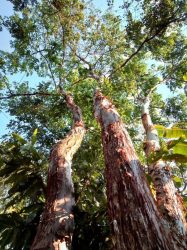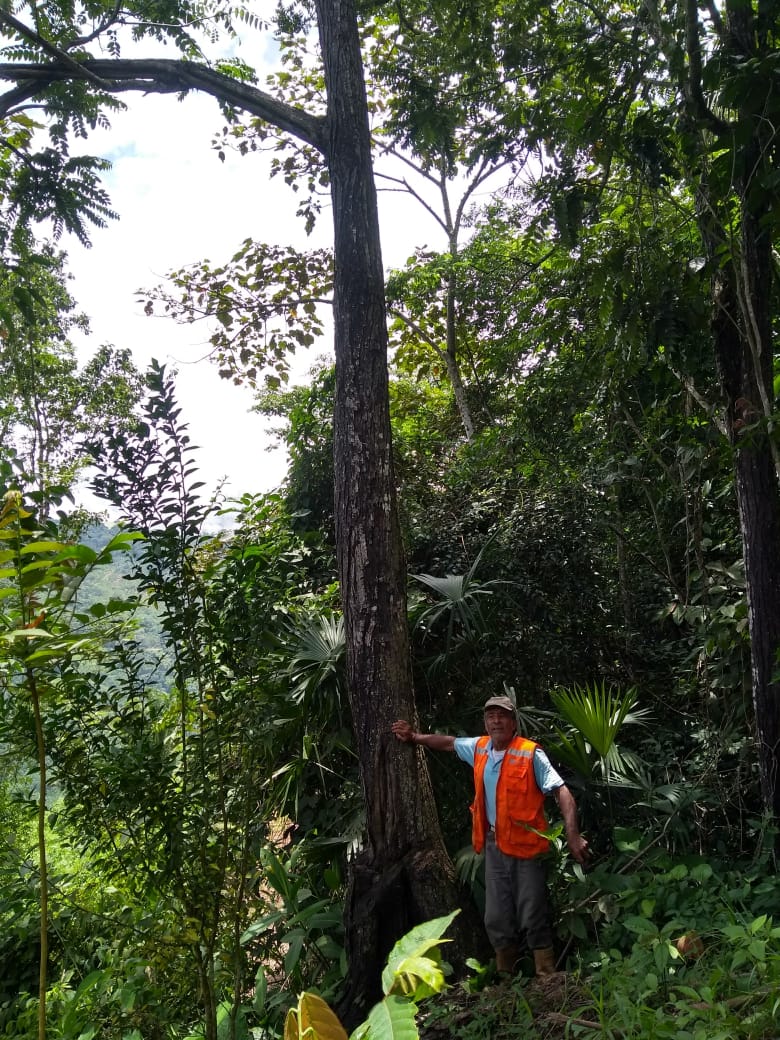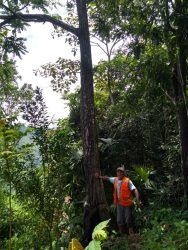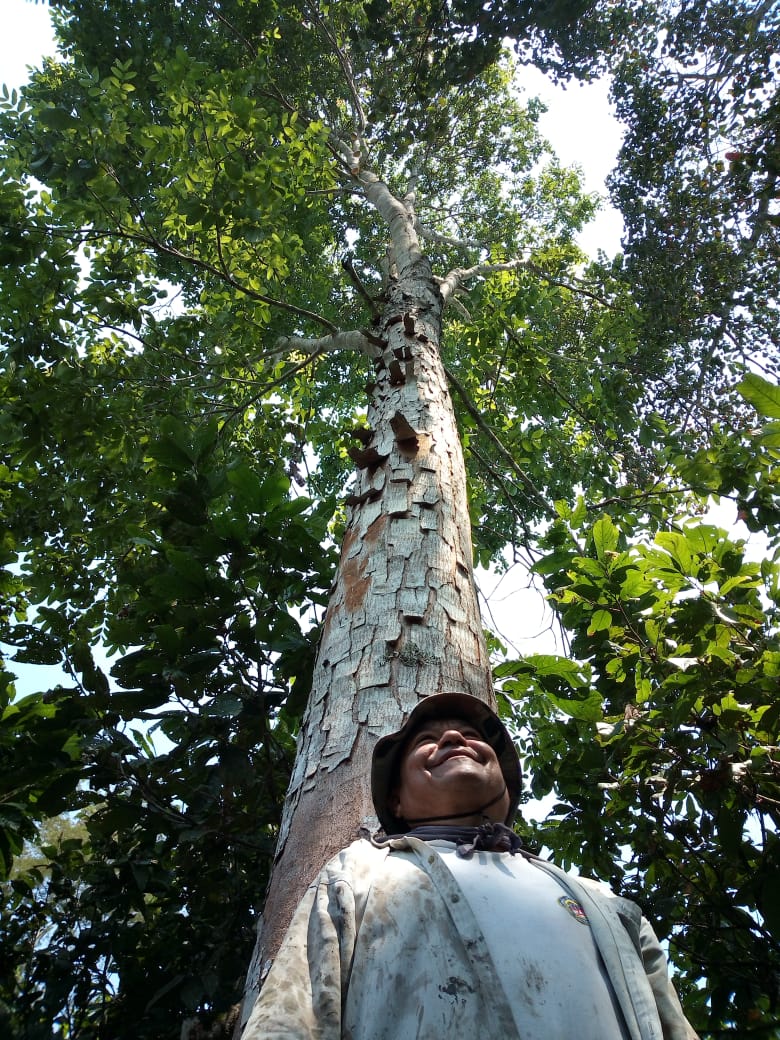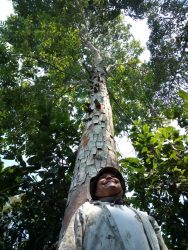The project “Coffee and Cocoa in the Peruvian Amazon” aims to restore the ecological balance in the intervention zones, conserve biodiversity and support Peruvian producer families in the agroecological transition and the development of economic alternatives to deforestation.
While the project was based on the development of agroforestry models through the planting of native varieties of timber trees, fruit trees and auxiliaries on cocoa and coffee plots or areas degraded by agriculture, it has gradually evolved into a project to support farmers in adopting good agricultural practices that respect forests and biodiversity. Between trainings and exchanges of practices, plant nursery work and gender workshops, various economic alternatives to deforestation have been identified in the 2 project zones:
- In Pichanaki, nogal negro nuts (Juglans Neotropica) and a network of forest seeds from native tree species.
- In Tingo Maria, honey and derived products (pollen, propolis) from native Amazonian bees, the melipones.
These enable farmers to reduce their dependence on their usual main crops – coffee and cocoa – and diversify their income while preserving their forest areas.
Awareness-raising activities are also organized to help conserve the last remaining wooded areas and limit migratory farming, the main source of deforestation in the intervention regions.
The program is implemented jointly with five cooperatives of coffee and cocoa producers. They are involved on a daily basis in defining and implementing project activities, providing both technical and financial support.
Immersion in the Agroforestry Coffee and Cocoa Project in Peruvian Amazonia
Discover in pictures the Agroforestry Coffee and Cocoa Project in Peruvian Amazonia
Click on the interactive map for a more detailed view of the project’s land plots
Project News
Interviews
Actors of the project, farmers, participants, employees and volunteers talk about the project.
Pilot sites
This program is being implemented on various sites. Here you can find out more about the specificities of each area.
Economic alternatives
To ensure farmers hold a vested interest in preserving forest stocks and the living forest
we work together to seek sustainable economic alternatives.

![[POP LOCALE][AGROFO_Cacao]plantation_graine©L. Durant](http://envol-vert.org/wp-content/plugins/revslider-disabled/public/assets/assets/dummy.png)

